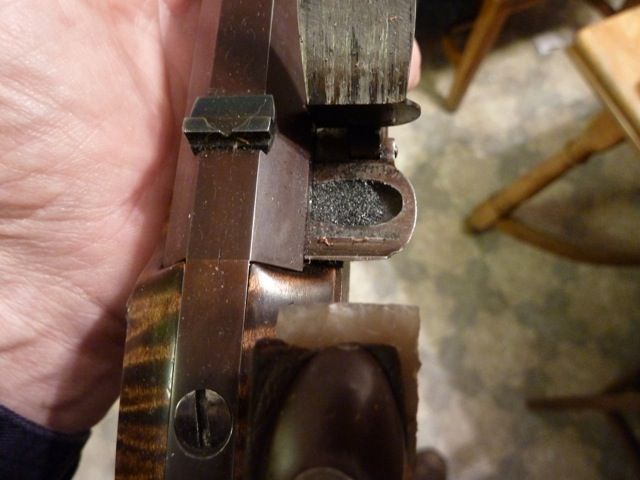My hunting LRs are very tolerant of the amount of prime.... sometimes when hunting, an overdose from my priming dispenser more than fills the pan and my finger levels the prime so that the frizzen is fully closed. At other times, various levels of under filling are thrown by the dispenser and as w/ overfilling and leveling, they all ignite the main charge w/o a problem or a discernable delay.
Can't imagine that during the Revolutionary War and during a battle, that any notice was taken as to the amount of prime....probably the same situation as I described when I'm hunting. Flintlock rifles should be able to fire reliably and w/o a lag w/ greatly varying fills of prime.
The THs on my LRs are slightly above the top of the pan, but are covered by the frizzen. Never needed a vent pick, so don't carry one. Again, in the heat of battle, I doubt that vent picks were used.
Perhaps today w/ the "modern mindset", we're over thinking how our forefathers reliably used their flintlocks?.....Fred




 :wink:
:wink:
